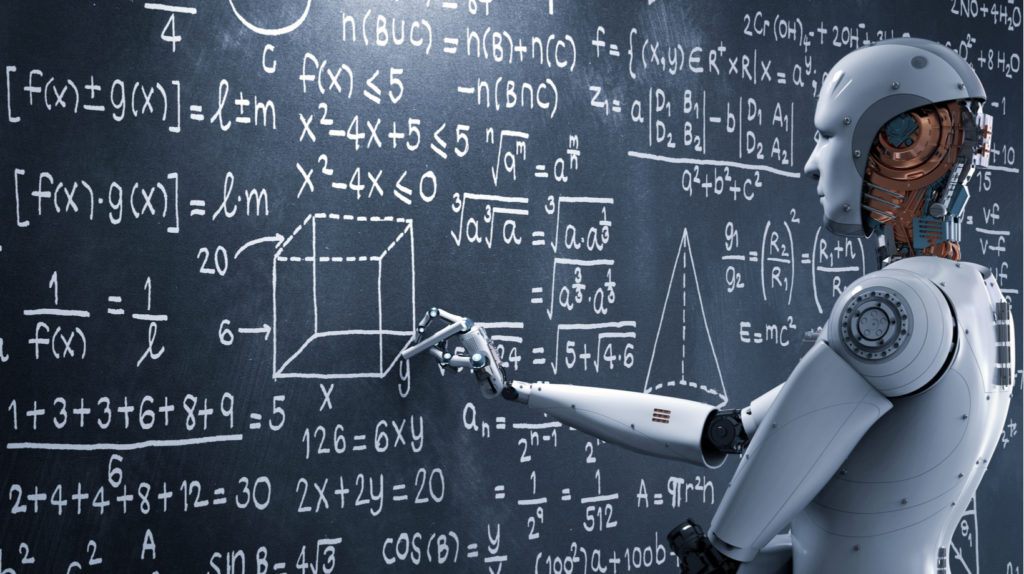The future of AI and robotics in Indian schools is a topic of great interest, as the integration of these technologies into education has the potential to significantly impact the way students learn and prepare for their futures.
One potential benefit of AI and robotics in Indian schools is the ability to personalize learning experiences for individual students. With AI, teachers can monitor students’ progress in real time and adjust their teaching methods accordingly, helping to ensure that each student is getting the most out of their education. Robotics, on the other hand, can provide hands-on experience with technology, helping students to develop technical skills and problem-solving abilities.
Another potential benefit is the ability to enhance students’ engagement and motivation. By incorporating AI and robotics into the classroom, teachers can make learning more interactive and exciting, helping to keep students interested and invested in their education. Additionally, robotics can provide students with opportunities to work on real-world projects and solve real-world problems, helping them to better understand the practical applications of their education.
However, there are also some challenges associated with the integration of AI and robotics into Indian schools. For example, there may be concerns about the cost of implementing these technologies, as well as the need for teachers to receive specialized training in order to effectively use them. Additionally, there may be concerns about the impact of these technologies on employment, as automation and artificial intelligence may eventually replace certain jobs that are currently performed by humans.
Despite these challenges, the future of AI and robotics in Indian schools is likely to be one of continued growth and integration. As these technologies become more sophisticated and accessible, they will likely become an increasingly important part of the educational experience for students. Additionally, as the global economy becomes increasingly dependent on technology, it is likely that the demand for graduates with technical skills and expertise in AI and robotics will continue to grow.
In conclusion, the integration of AI and robotics into Indian schools has the potential to greatly enhance the quality of education and prepare students for the future. While there may be challenges to be addressed, the future of AI and robotics in education is one of great promise, and Indian schools are well-positioned to lead the way in this exciting field.







